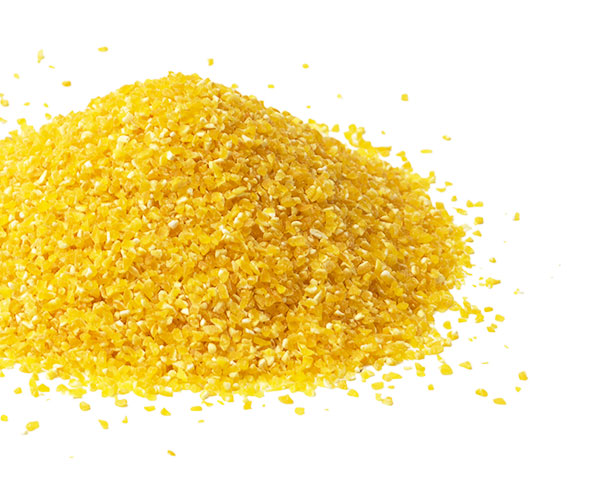Gluten is the water-insoluble protein fraction isolated from wheat flour. It appears as a cream-colored, free-flowing powder with a bland taste odour. Vital wheat gluten contains mainly two groups of proteins namely gliadines and glutenines.
Applications:
It is added to low-gluten flours to improve their baking quality. It is used in the production of bakery products to enhance the structure of dough and to increase its volume. In confectionery, it is used to produce products containing fruits, nuts and other such products. It is also used as a binding agent in the production of tablets, several vegetarian, delicatessen and meat products. It is also used in the production of protein hydrolisates, breakfast cereal products.
Microbiological requirements):
Total plate count: max 1000 cfu/g
Moulds: max 100 cfu/g
Yeasts: max 100 cfu/g
Salmonella: absent in 25g
E. Coli : absent in 25g
Packing: bulk
Storage: Store in dry, clean, cool, ventilated rooms, protected from rodents. The shelf life is 2 years from the date of production if the product is stored under the above-mentioned conditions.



